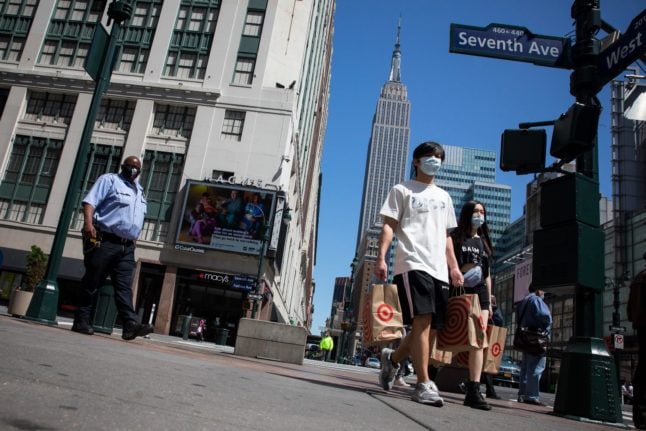“There has been a potential security incident that we are investigating and we have temporarily been evacuated,” said Jeff Andersson, spokesperson for the embassy to The Local.
“This happened in the last couple of hours and we are working with Swedish authorities to investigate the incident.”
According to the Stockholm emergency services, a “white powder” was found in an envelope sent to the embassy.
“I can confirm that there was a white powder in the envelope. It will be analyzed today or tomorrow, but for now, no one knows what it is,” explained Albin Näverberg of the Stockholm police to The Local.
“Right now, the police are on the scene and they have secured the envelope and are in the process of taking it outside safely.”
When asked to confirm that an unidentified white powder was the cause of the evacuation, embassy spokesperson Anderson remained staunch.
“I have nothing to say other than that there has been a potential security incident. That’s all I can say at this time,” he told The Local.
According to Anderson, there are no known threats directed against the embassy.
In total, some 170 people are employed at the US embassy but it remains unclear how many of them were there at the time of Wednesday’s evacuation.
Soon after 2pm, the police lifted their barricades and staff members were allowed to return to the embassy.
Oliver Gee



 Please whitelist us to continue reading.
Please whitelist us to continue reading.
Member comments